The Forgotten Arms Race
The reels of footage from America were, to say the least, a cause for concern. So concerning, in fact, that Serov personally presented the official report to Khrushchev. Witnesses in the room claim that the First Secretary of the Central Committee looked visibly shaken, the blood draining from his face. The idea that the enemy would be in possession of such an animal, empowered with such advanced situational awareness and capable of communicating with humans was astonishing. His first question upon composing himself was to ask just how the KGB could have been unaware of a program to create such a creature; a question for which Serov had no answer. It was a spectacular failure of intelligence that would haunt the rest of his career and, some speculated, would ultimately be the reason for his dismissal (unfairly, one might point out, as the experiment had come to fruition before his appointment as the Ministry’s head).
Needless to say, work began almost immediately on a response. The canine was smart, yes, and agile but it was still a dog and, therefore, still susceptible to all the dangers that might befall the squishy, fragile body of a living creature. Dr. Sergey Sergeyevich Bryukhonenko had already laid the groundwork for what Russian scientists were proposing, and they wasted no time in putting it into practice. No such head-start was afforded them in the construction of the mechanical body, however, and yet the team still managed to build a working prototype in the span of two years.
Testing began in late 1956 and results were mixed. Certainly, the animal (Codename: Желе́зо Варежки) was faster and more powerful but it had little awareness of the improvements. Experiments conducted involving children in wells, for example, proved problematic. The dog could find the target but would then lumber off to find a human to help with extraction. Even when trained to extract the target itself, many of the children were injured or killed, buried under falling debris. Situations involving tractors were even more disastrous, as the robotic canine would merely trample both flat. Likewise, normal interactions with the beast could be deadly. In its excitement it would, oftentimes, crush its handlers under the weight of its own, metal body or pulverize their skulls in an effort to lick them through the clear dome that encased the cranium.
These setbacks were never truly overcome and the project was eventually abandoned due to a combination of cost and the swiftly escalating space race. By the time Sputnik had been launched into orbit it was clear that the future of scientific exploration involving dogs had moved beyond using them as robotic killing machines and instead into the exciting new field of hurling them into the cold embrace of the universe. Unlike those dogs, though, this poor, unfortunate canine would be largely lost to history, a nameless participant in this forgotten chapter of the Cold War.
Via: true_robots via Bruce Sterling

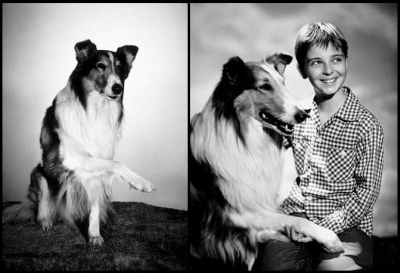
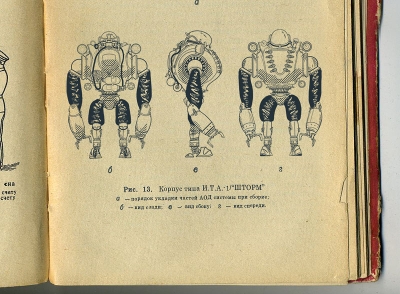
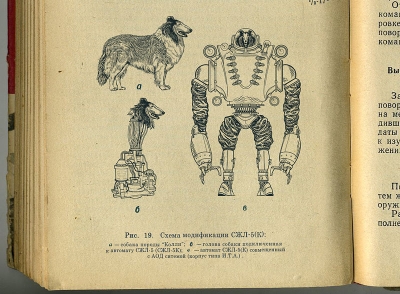
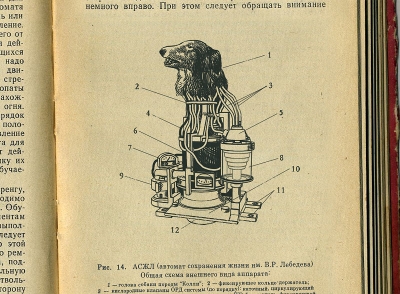
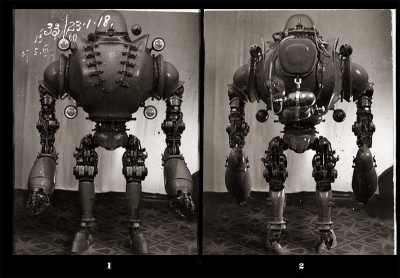


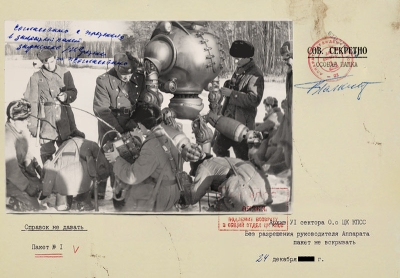
March 3rd, 2011 at 12:00 pm
That’s hilarious! Where did you guys get this from?! I wanna read more!
March 3rd, 2011 at 12:01 pm
Nvm I saw the link. Still hilarious!
March 3rd, 2011 at 12:18 pm
Wow…prototype for We3!
March 3rd, 2011 at 1:39 pm
@melody- it really is!!!
(I can’t look at even a page of WE3 without bursting into tears, but this is fascinating!)